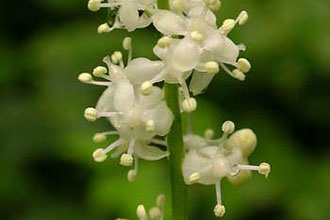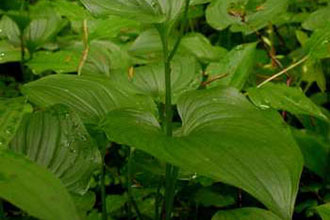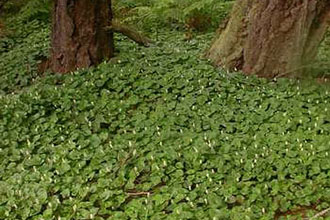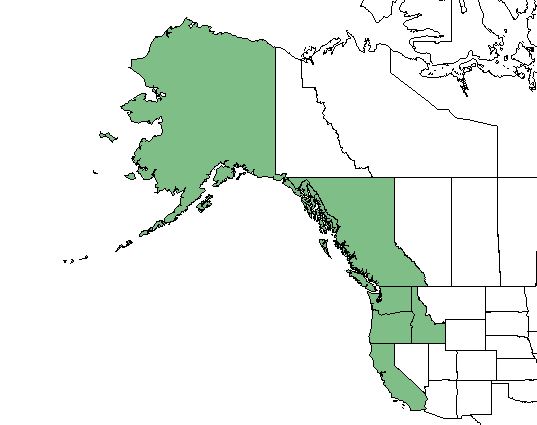Taxonomy: Kingdom - Plantae (plants). Subkingdom - Tracheobionta (vascular plants). Superdivision - Spermatophyta (seed plants). Division - Magnoliophyta (flowering plants). Class - Liliopsida. Order - Liliales. Family - Liliaceae (Lily Family). Genus -Maianthemum F.H. Wigg. Species - Maianthemum dilatatum (Alph. Wood) A. Nelson & J.F. Macbr
Ecology: A shade-tolerant and ocean spray-tolerant, submontane to subalpine, Western North American forb distributed more in the Pacific than the Cordilleran region. Occurs in cool mesothermal climates on very moist to wet, nitrogen-rich soils (Moder or Mull humus forms); its occurrence decreases with increasing elevation and continentality. Scattered to plentiful in coniferous and broad-leaved forests on water-receiving and water-collecting sites, commonly found on stream-edge sites, floodplains, and sites affected by ocean spray. Grows with Blechnum spicant, Polystichum munitum, Tiarella trifoliata, Trautvetteria caroliniensis, and Lysichitum americanum. Characteristic of alluvial floodplain forests.



